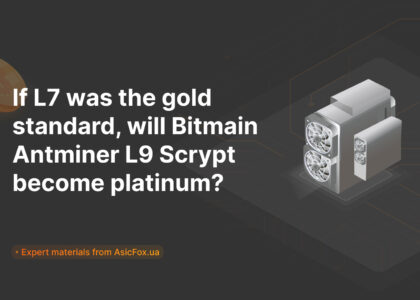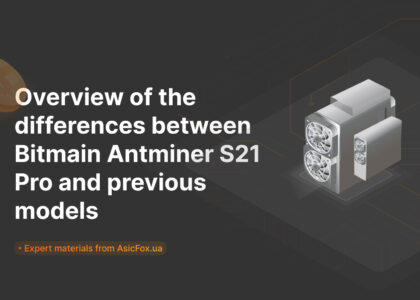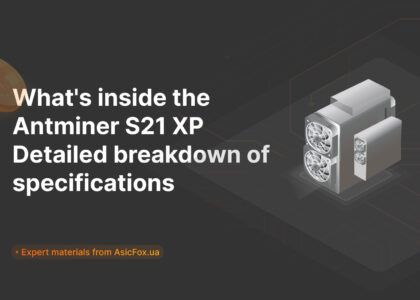Pool (from English pool — common pool, pot) — a form of association of companies characterized by the fact that the profits of all pool participants go into a common fund (pot) and are then distributed among them according to a predetermined proportion. Most pools are divided into 2 types, namely PPLNS and PPS. PPLNS pool is a pool that shares the found block among miners, while taking its commission (usually 1-2%). Such pools typically mine using algorithms like Ethash, Equihash, etc. Calculating profits on such pools is very difficult, as it all depends on “luck.” The pool may find blocks very frequently or very rarely. Your profit depends on this. PPS pool is a pool that pays you for the provided hashpower. Usually, the main page of such a pool indicates the number of coins you will receive for 1Th per day. The risks of finding blocks are borne by the pool, not the miner. The profitability of mining on such pools is very easy to calculate. It is on such pools (with rare exceptions) that Bitcoin is mined.
But let’s go over pools in general and their features.
Why are mining pools needed?
Imagine: Bitcoin generates 144 blocks per day, and there are over a million miners. If everyone works independently, the chances of finding a block are almost zero. That’s why people join pools — the probability of finding a block is much higher.
What are mining pools?These are servers that distribute tasks to participants. No matter what equipment you have — the pool will find a task for anyone.
How does a pool work?
Everything is anonymous. Participants do not know who exactly found the block. The reward is shared among everyone who participated in the search. For example: Miner1 and Miner2 are in the same pool of 1000 people. Miner1 has many powerful ASIC miners, while Miner2 has only a couple of video cards. If the block is found on Miner2’s farm, the information is distributed across the network, and the reward is divided among all participants proportionally to their contribution. At the same time, Miner2’s data remains hidden.
How to choose a mining pool?
Whether you use ASICs or video cards, when choosing a pool, it is important to consider:
- Honesty. Read reviews and documentation.
- Hashrate. The higher the pool’s hashrate, the greater the chance of finding a block.
- Reward. It should not be overly inflated.
- Payout threshold. Choose based on your equipment and hashing speed.
- Ping. Low latency — less energy wasted.
- Uptime. The network should work 24/7 to avoid wasting energy.
Best pools of 2024 in Ukraine
Based on statistics and reviews:
- ViaBTC. A Chinese pool since 2014. High hashrate, low ping, 24/7 support. Mines: XMR, ETH, DASH, BTC, BCH, LTC, ZEC. Commission — 3%.
- Binance Pool. A platform with a huge hashrate. Mines: BTC, BCH, BSV, ETH. Commission — 2.5%.
- Antpool. A reliable service. Mines: BTC, ETH, BCH.
- NiceHash. Russian language, mining on various algorithms. Commission — 2-5%.
- ETHpool. Servers in Asia and the USA. Weekly payouts, no registration required. Mines: ETH, ETC, ZEC.
Tips for choosing
Choose pools that are closer to your farm and meet the criteria above.
Conclusion
Mining in pools is profitable because the chances of finding a block increase through collaborative work. If you want to start, we recommend purchasing equipment and connecting to a pool. You can find various miners or farms and everything you need for mining with us.








Feedback (0)
Leave a review